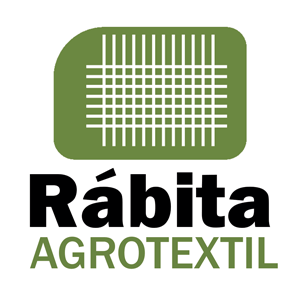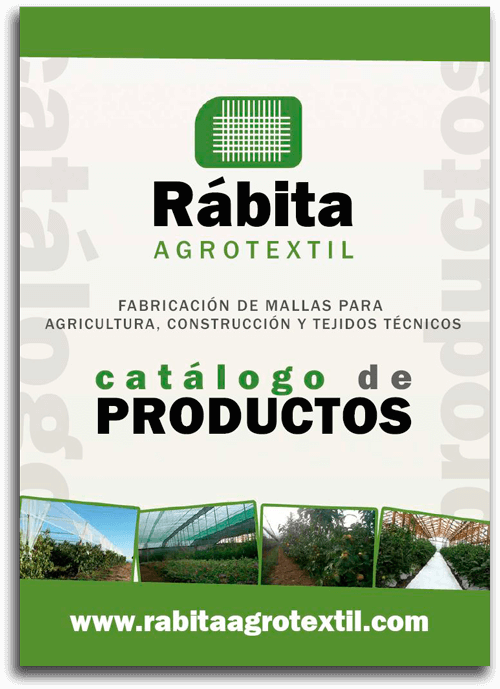Silage is a forage conservation process, which makes use of surplus forage and plans harvesting for use during the rest of the year.
The keys
Some of the keys that will determine the quality of the ensiled product are the following:
-Choose the appropriate silo netting for the crop.
-Harvesting at the right time.
-The height of cut, depending on the type of crop can be very variable, in this case (6- 7 cm).
-Avoid bringing mushrooms to the silo.
-Chopping and treading.
– Additives against aerobic deterioration and type of plastic.
Steps to make a correct grass silage
Select the correct silo weight
The first key step is to choose the correct weight for the silo netting. Depending on the crop we will choose a different grammage, for grass we will use a lower grammage than for corn, for example, which requires a higher grammage. To achieve this objective, in Rábita we have different types of weights: 200gr ,220gr ,240gr and 300gr.
Mowing time
Depending on the area where we are, the distance from the coast and the climatic conditions. These factors may condition the time of mowing.
Generally, a cut is usually given. However, in coastal areas with more stable temperatures throughout the year, the number of cuts can be as high as two. In the case of two or more cuts, the ideal is to make the first cut before ear emergence and the second after 10-15% of the ear has appeared.
In the case of a single cut, we will choose to make it after the appearance of 10-15% of the ear.
Cutting height
The height of cut should be approximately 6-7 cm. By doing so, we manage to reduce the stalk level, but also reduce the risk of soil contamination, which favors the growth of microorganisms.
These microorganisms will consume a large part of the protein in the silage, reduce the quality of the silage and may even cause certain pathologies in the animal.
Adequate dry matter content
Regardless of whether the silage is in taped bales(microsilos) or in trench silage, it is essential that the dry matter level be higher than 25% and lower than 40%.
Silo sealing or taping
In the case of round bale wrapping (used to designate those made with straw, hay or fodder, characterized by their cylindrical shape), the pH drop is somewhat lower due to the chopping of the fodder. Therefore, it is advisable not to ensile with dry matter levels below 28% and, once packed, to place them vertically to facilitate the precipitation of residual liquids flowing from the installation.
Ultimately, all of these steps can help improve the quality of grass forage, thereby reducing losses and shrinkage.



